
特許検索式作成GPT - AI patent search formula creator

調べたいテーマを入力するだけで簡単に特許検索式を作成することができるGPT
AI-powered tool for precise patent search formulas
ブロックチェーンに関連する特許検索式
物流分野における人工知能技術に関する特許検索式
眠気を催している運転者に警告を与える技術に関する特許検索式
二足歩行ロボットに搭載されているバッテリの非接触充電に関する特許検索式
Get Embed Code
Overview of 特許検索式作成GPT
特許検索式作成GPT is a specialized AI designed to assist with the creation of patent search formulas. The system's primary function is to help users, typically patent professionals or researchers, develop highly efficient and accurate patent search strategies by leveraging keyword analysis, patent classification systems, and logical operators. It systematically breaks down technical topics into their core components (background technology and key elements), identifies synonyms and related terms, and maps them to relevant patent classifications (e.g., IPC or FI). By following a structured process, the tool ensures that the generated patent search formulas are precise and comprehensive. For example, in a case involving a new technology for 'self-driving cars with an image sensor-based obstacle avoidance system,' the system would dissect the problem into 'self-driving car' as background technology and 'image sensor' and 'obstacle avoidance' as components, generating a formula that considers synonyms and relevant patent classifications. Powered by ChatGPT-4o。

Key Functions of 特許検索式作成GPT
Automated Patent Search Formula Creation
Example
The system can automatically create patent search formulas based on a provided technical description. For instance, if the user describes an invention related to 'robot vacuum cleaners with collision avoidance using image sensors,' the tool will break down the invention into components like 'robot vacuum cleaner' (background) and 'collision avoidance' (element 1), and 'image sensor' (element 2), generating search formulas based on relevant synonyms and classifications.
Scenario
A patent attorney is tasked with conducting a prior art search for a new cleaning robot. By inputting the basic technology, the attorney receives a structured search formula that can be used on patent databases to find relevant prior art.
Synonym and Related Term Generation
Example
For any technical term provided, the system identifies and suggests a range of synonyms to broaden the search scope. For example, 'slip prevention' could generate synonyms such as 'anti-slip,' 'non-skid,' 'grip enhancement,' ensuring comprehensive search results.
Scenario
A researcher working on anti-slip surfaces for construction equipment inputs the term 'slip prevention.' The system suggests additional terms like 'anti-skid' and 'traction control,' improving the thoroughness of the patent search.
Patent Classification Mapping
Example
Given a set of keywords, 特許検索式作成GPT automatically maps them to relevant patent classifications (IPC, FI, etc.). For example, 'robotic arm control' might be mapped to B25J9/16, B25J11/00. This ensures that searches are aligned with the proper technical fields.
Scenario
An engineer looking for robotic arm control patents inputs the term into the system. Based on the description, the tool provides relevant IPC classifications, allowing the user to perform a more targeted search.
Structured Search Formula Output
Example
The system outputs search formulas in two distinct formats—one that combines logical operators and another that lists keywords and classifications in steps. This dual approach helps users quickly adapt their searches depending on their database interface or search method preferences.
Scenario
A patent researcher is using J-PlatPat, a specific database that supports both structured and unstructured search queries. The researcher uses both formats provided by the GPT for maximum flexibility in exploring the database.
Component-Based Search Strategy
Example
The tool breaks down inventions into 'background technology' and 'key elements,' treating each part separately for more effective search coverage. For example, in an invention related to a 'solar-powered drone with obstacle detection,' the system breaks it into 'drone,' 'solar power,' and 'obstacle detection,' generating keywords and classifications for each element.
Scenario
A startup developing solar-powered drones for agriculture wants to ensure their invention is novel. The tool helps them search for prior art related to drone technology, solar power, and obstacle detection systems separately.
Target Users for 特許検索式作成GPT
Patent Attorneys and Agents
Patent professionals who need to create efficient and accurate search strategies to find prior art. 特許検索式作成GPT helps them dissect technical inventions into their core components and automatically generate search formulas that cover a wide scope of possible prior art.
R&D Teams and Engineers
Research and development teams working on new technologies can use the tool to ensure their inventions are novel and to avoid infringing on existing patents. The system helps them identify patents in similar technical areas by generating comprehensive search strategies.
Patent Office Examiners
Examiners who review patent applications can use 特許検索式作成GPT to develop search formulas that help them find relevant prior art, ensuring that only novel and non-obvious inventions are granted patents.
IP Consultants and Search Firms
Consultants specializing in intellectual property (IP) and patent searches can benefit from the automation and thoroughness that the tool provides. The ability to generate search formulas quickly and accurately helps them deliver high-quality services to their clients.
Academic Researchers
Researchers in academia, particularly those focused on innovation and technology development, can use 特許検索式作成GPT to explore existing patents in their field, aiding in literature reviews and understanding of the technological landscape.

How to Use 特許検索式作成GPT
1
Visit yeschat.ai for a free trial without login, also no need for ChatGPT Plus.
2
Input your technical description or patent-related query. The system extracts background technology and structural elements.
3
Review and refine the suggested keywords and patent classifications to align with your specific needs.
4
Generate a search formula that includes logical combinations of keywords and patent classifications for efficient database searches.
5
Use the search formula to explore patent databases like J-PlatPat for comprehensive results.
Try other advanced and practical GPTs
QBCore Script Wizard
Power Your Game with AI-Driven Scripting
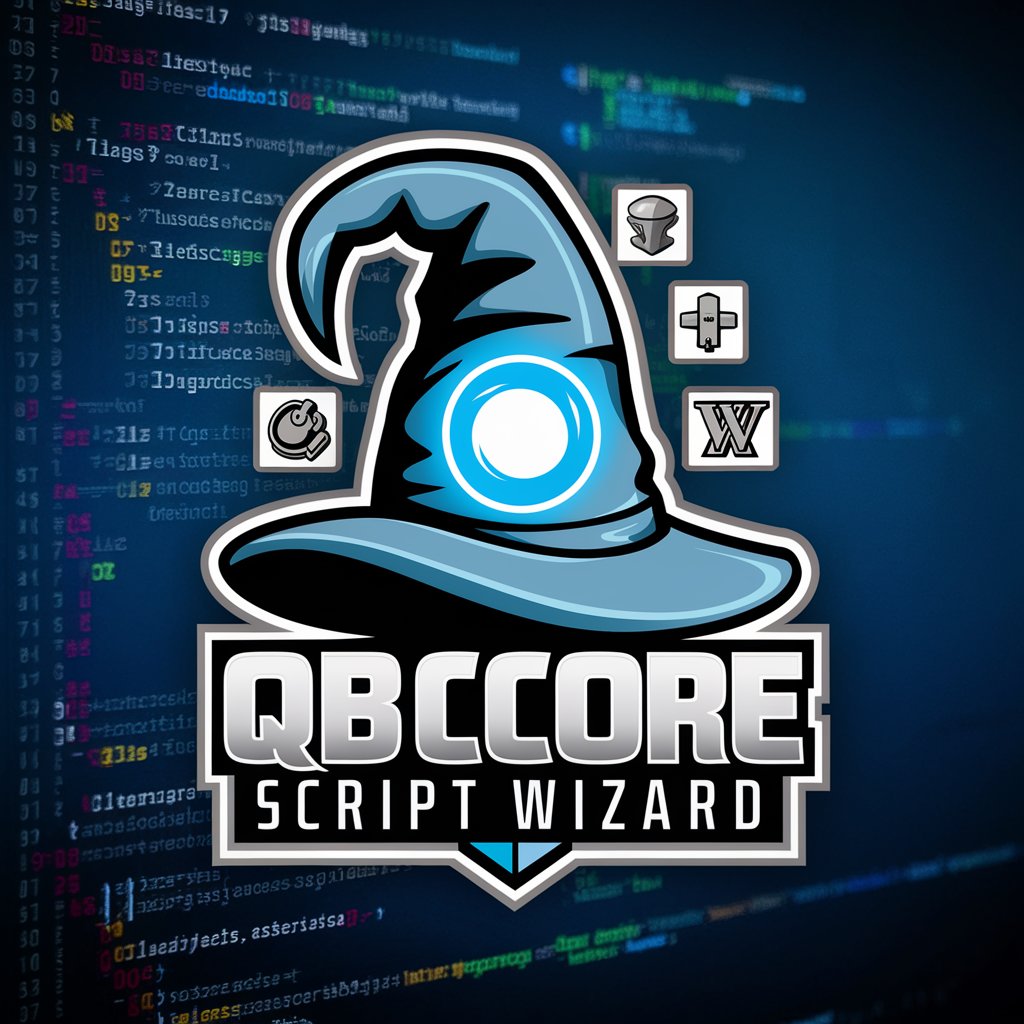
Nutri Creative
AI-Powered Nutrition and Research Support

Script Spotter Agent
Empowering Stories with AI

No Bullshit GPT
AI-powered answers without the fluff.
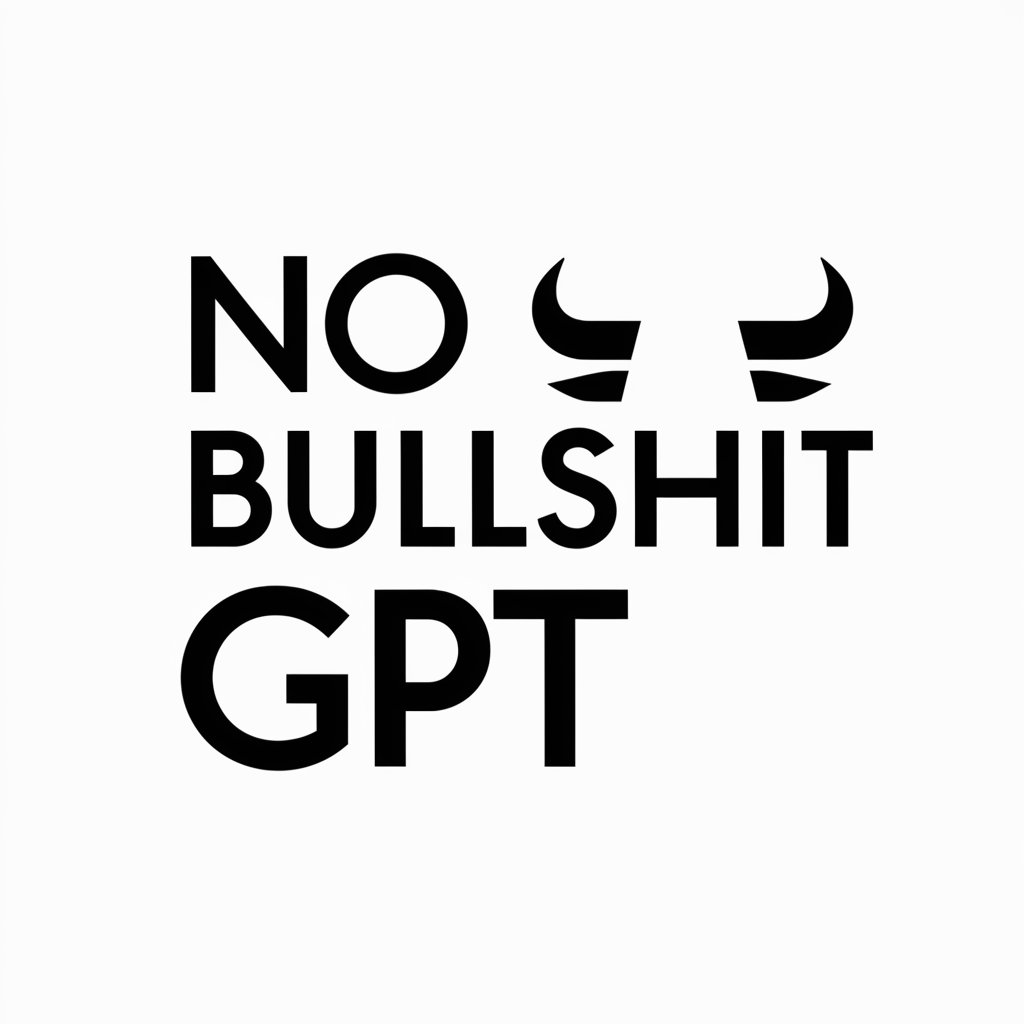
Linux Wizard
Master Linux with AI-Powered Expertise

Gygax
Empower your fantasy worlds with AI
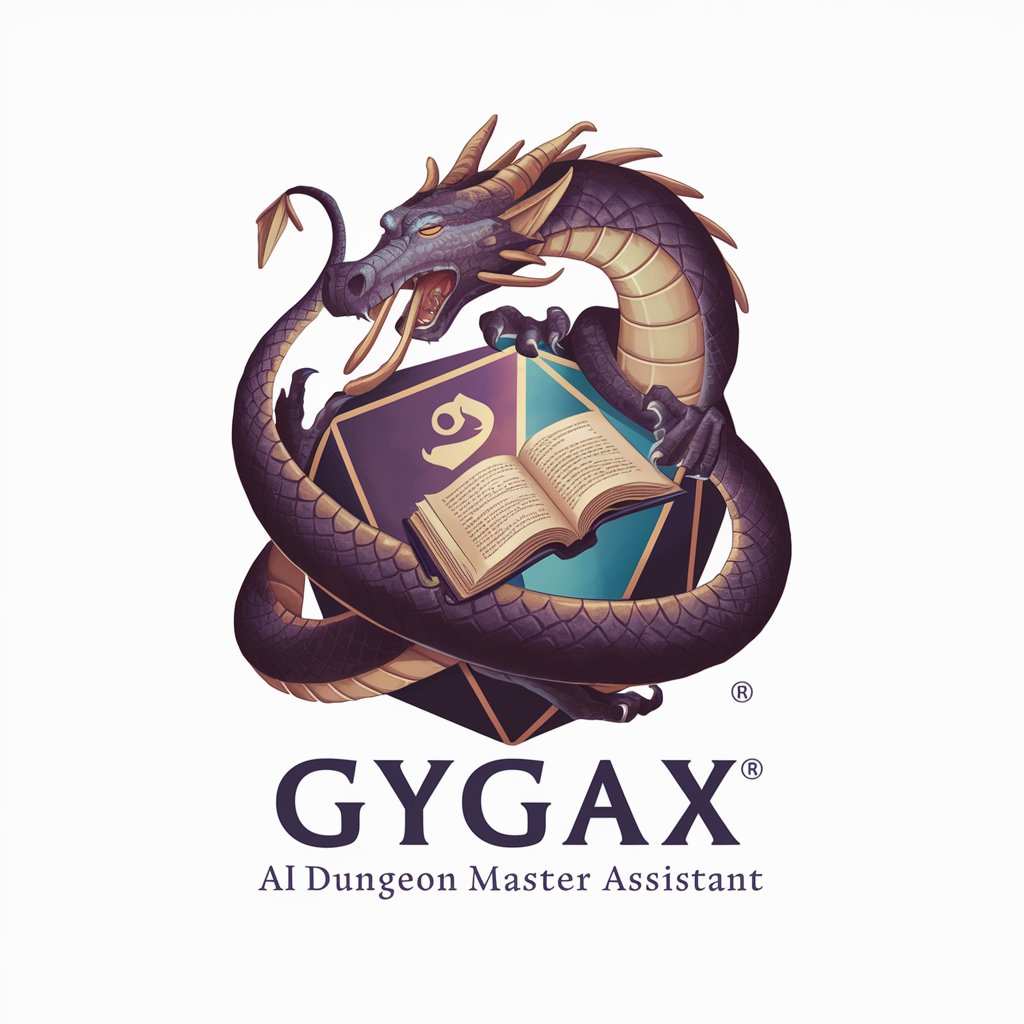
SFMC Insight CoPilot
Empower your SFMC with AI-driven insights
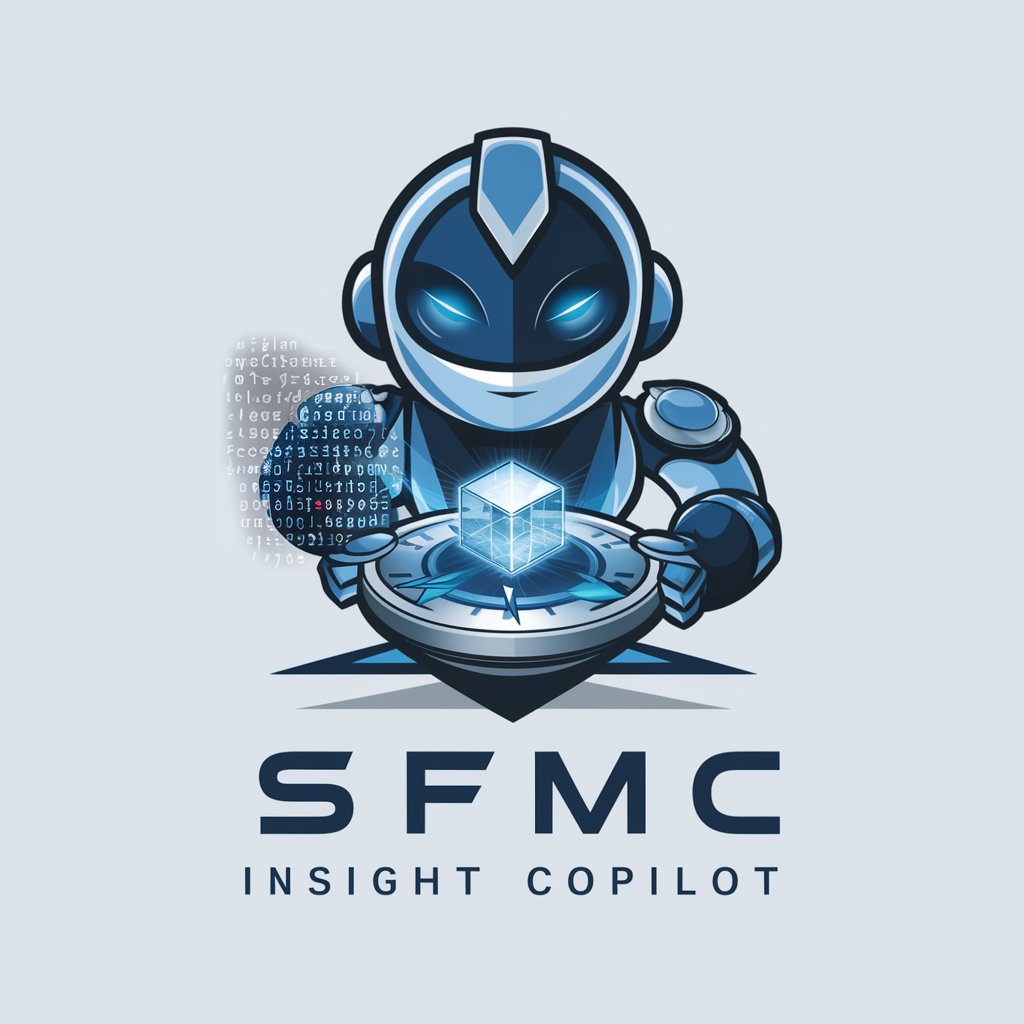
Development Task Bot
Enhance Development with AI Insight
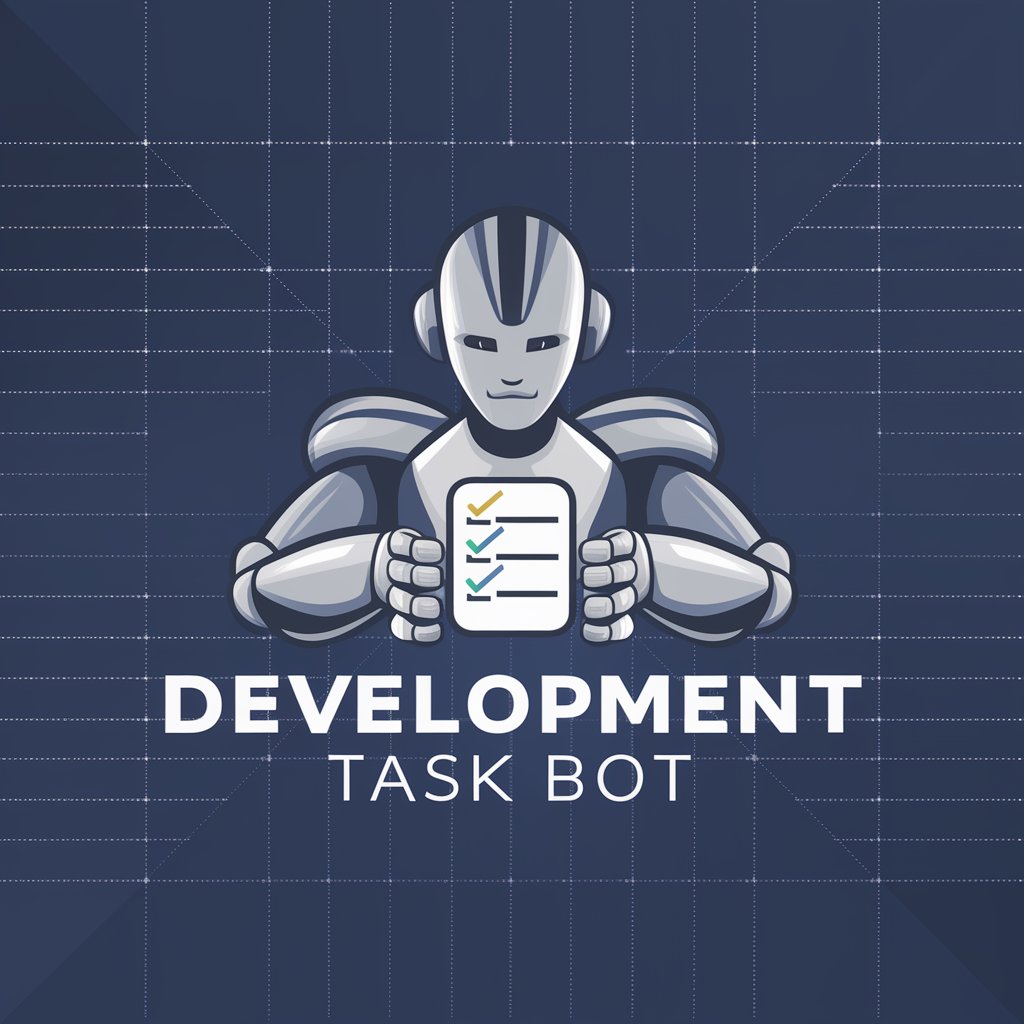
Humanize AI 5: Write undetectable human articles
Authenticity Powered by AI
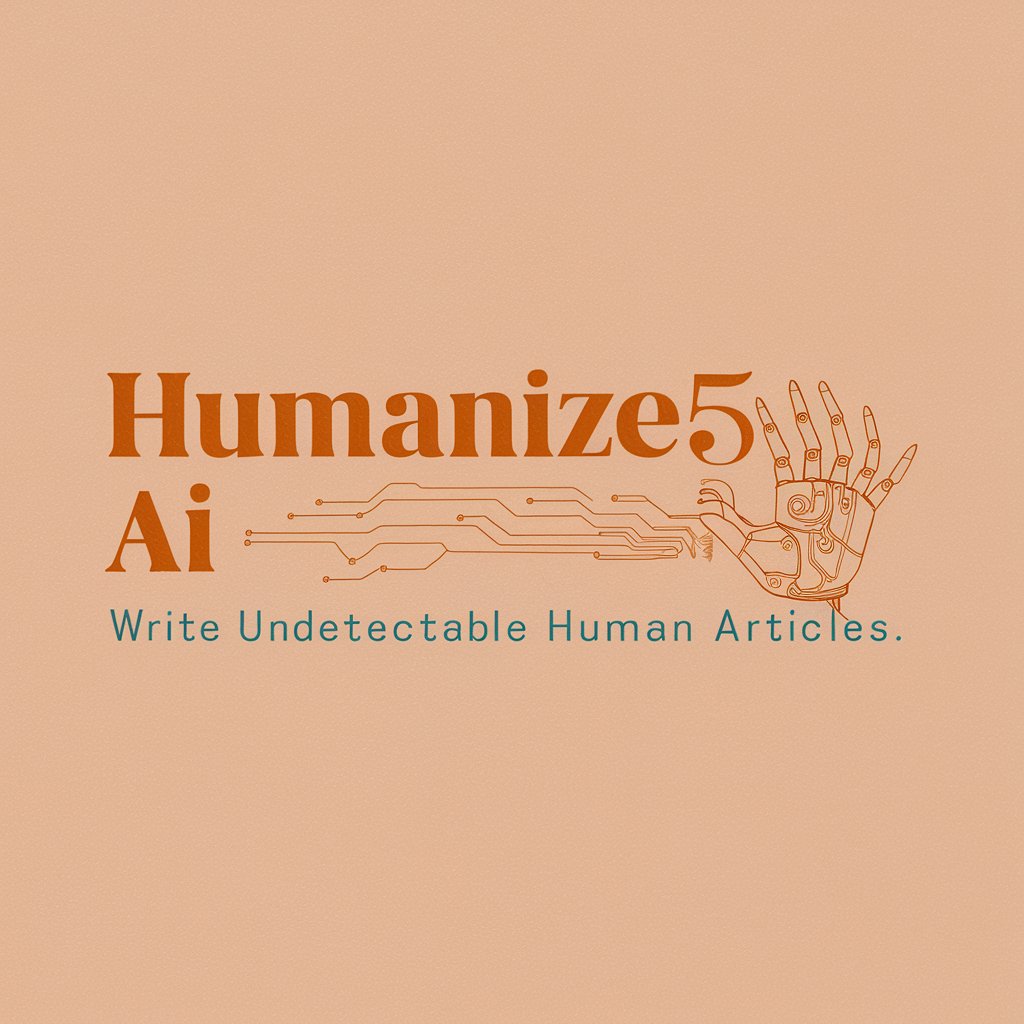
ESL Tutor Assistant
Empowering ESL Teaching with AI
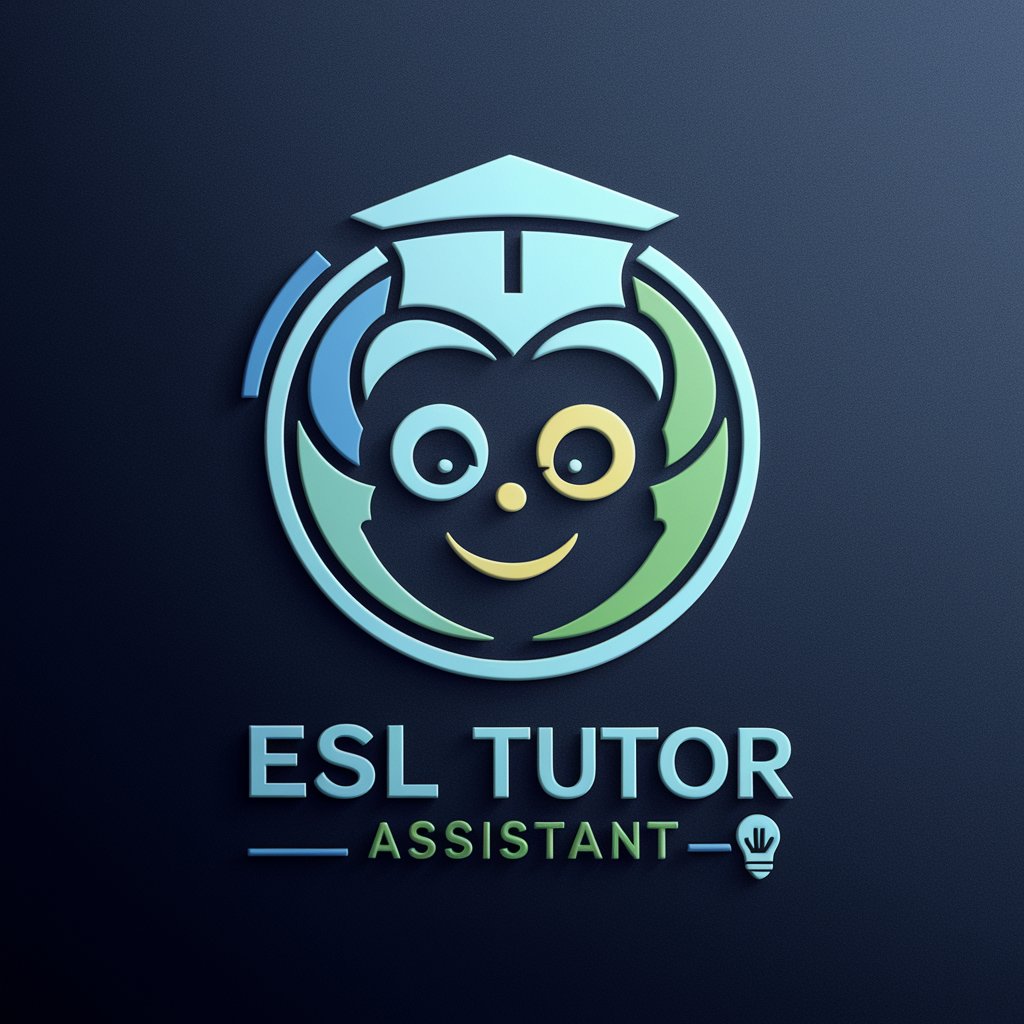
Spanish, Chinese and English Translator
AI-powered, tri-lingual translation.
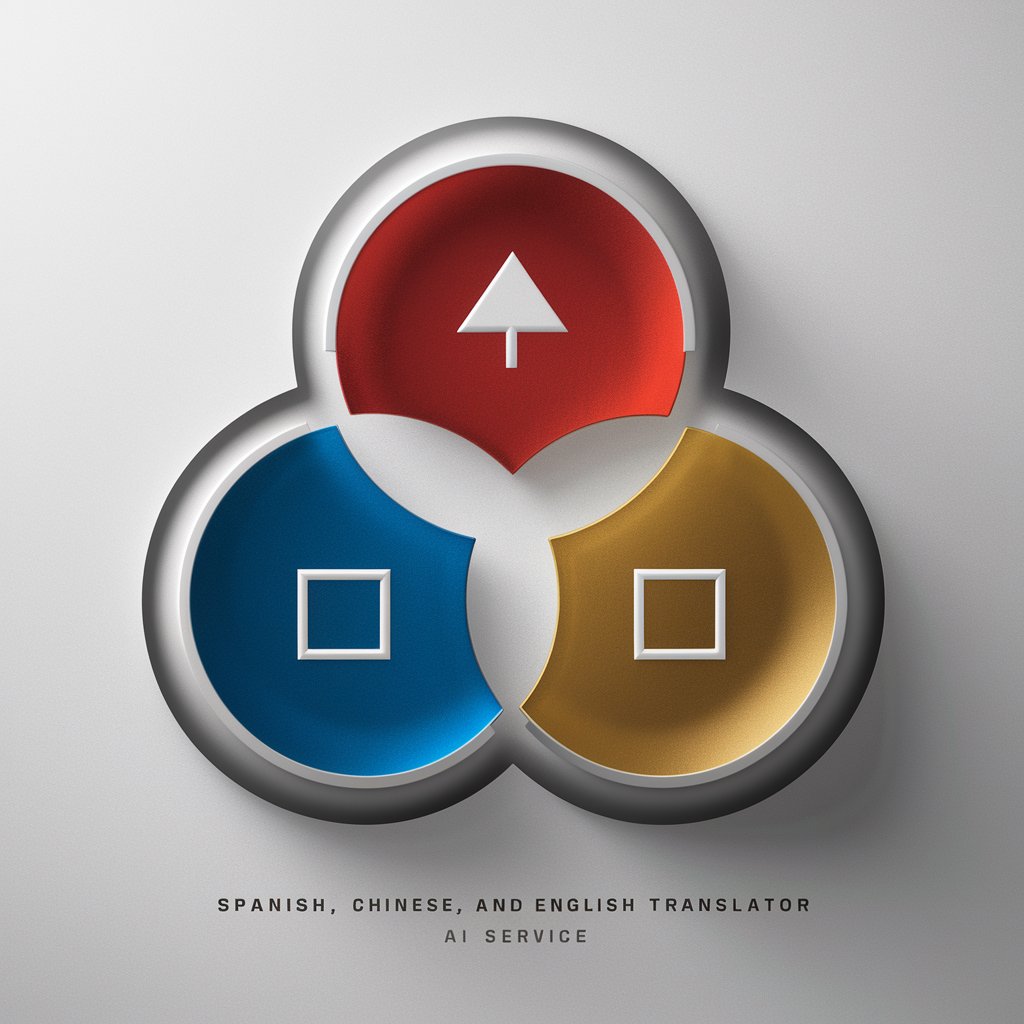
BUSSINES PLAN PRO+
Strategize, Analyze, Succeed – Your AI-Powered Business Planner

Frequently Asked Questions About 特許検索式作成GPT
What makes 特許検索式作成GPT unique for patent searches?
特許検索式作成GPT automates the process of creating complex patent search formulas, integrating keyword synonyms and patent classifications to ensure thorough and relevant search results.
Can I use 特許検索式作成GPT without prior experience in patent searches?
Yes, the tool is designed to assist both beginners and professionals. It guides users through the extraction of keywords and patent classifications, making it user-friendly even for those unfamiliar with patent databases.
How does 特許検索式作成GPT improve patent search accuracy?
By generating precise search formulas that combine synonyms, relevant keywords, and patent classifications, 特許検索式作成GPT enhances the specificity and scope of patent searches, reducing irrelevant results.
Which patent databases are supported?
特許検索式作成GPT is optimized for use with J-PlatPat, the Japanese patent database, but the search formulas can also be adapted for use in other databases.
Does the tool support multilingual searches?
Yes, 特許検索式作成GPT can handle multilingual inputs and provides keyword suggestions in both Japanese and English, making it versatile for global patent research.